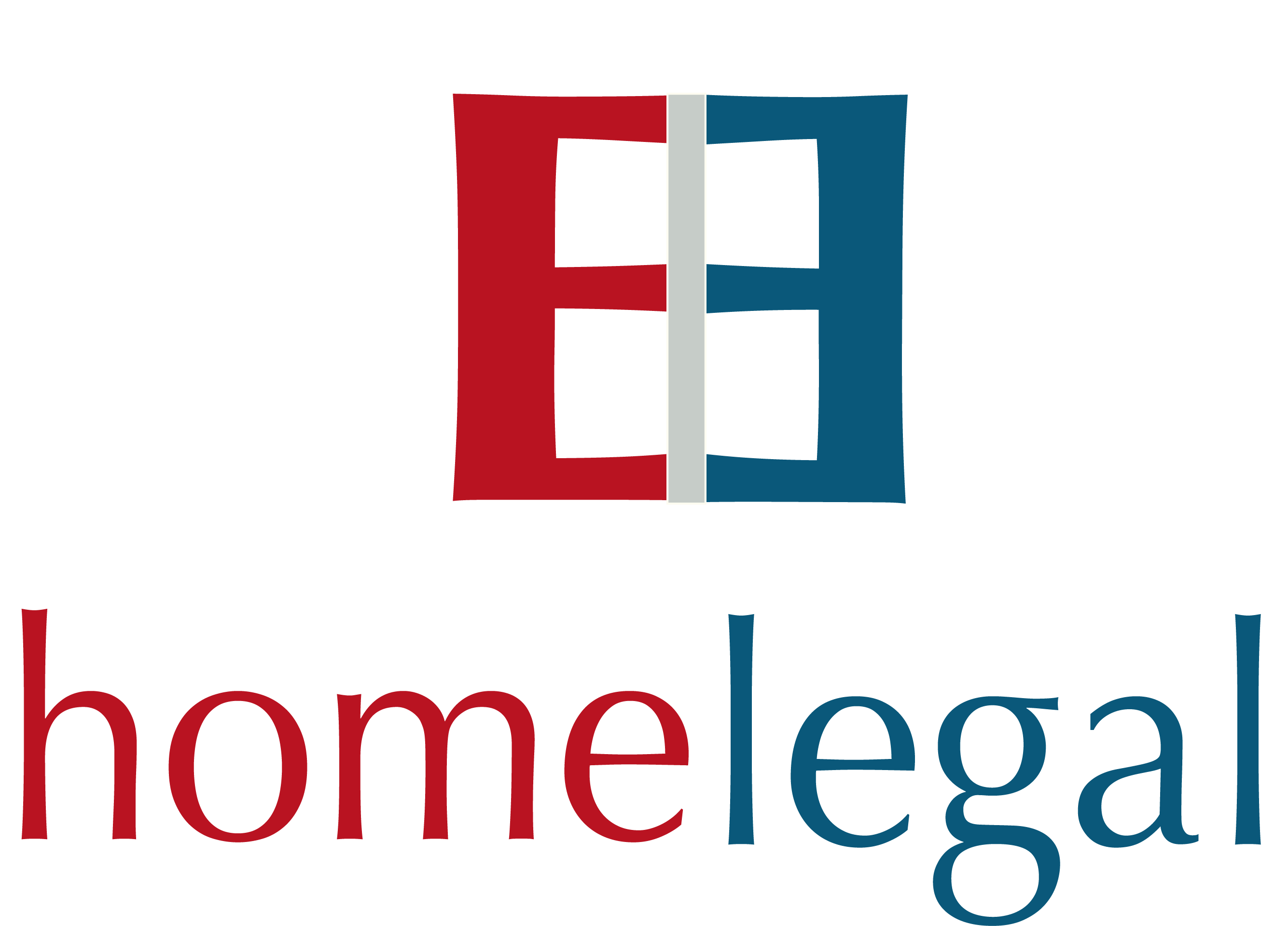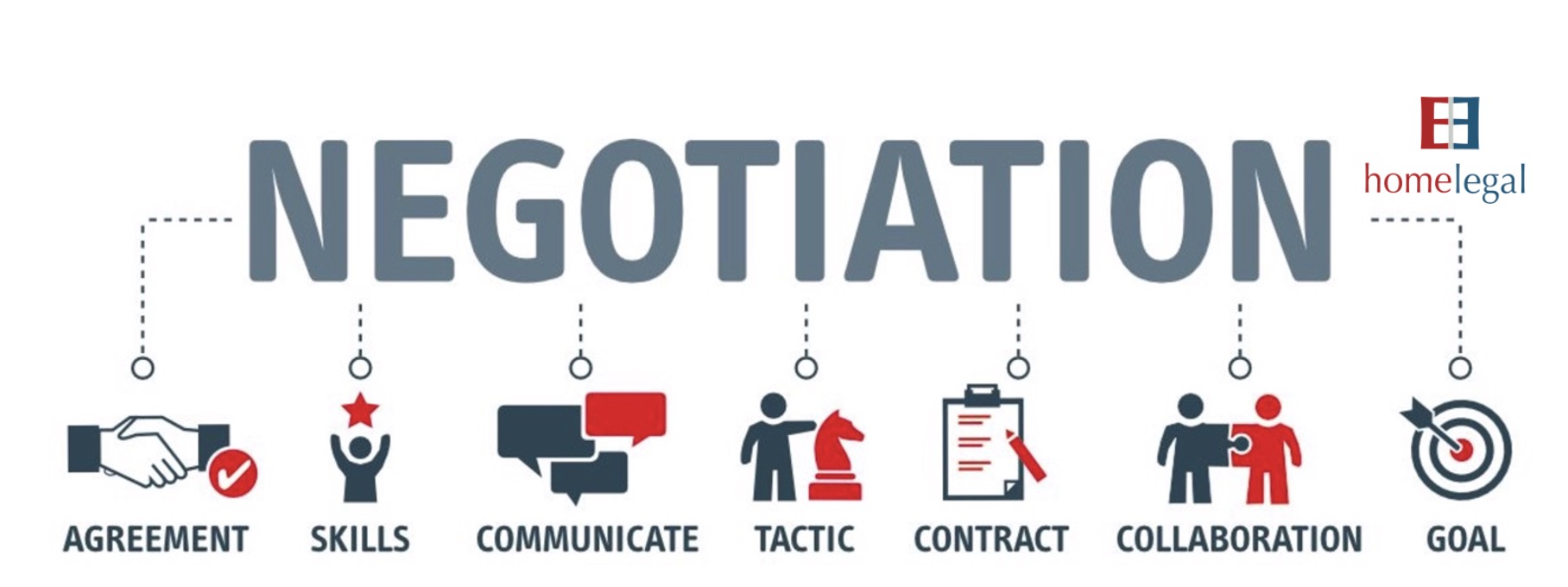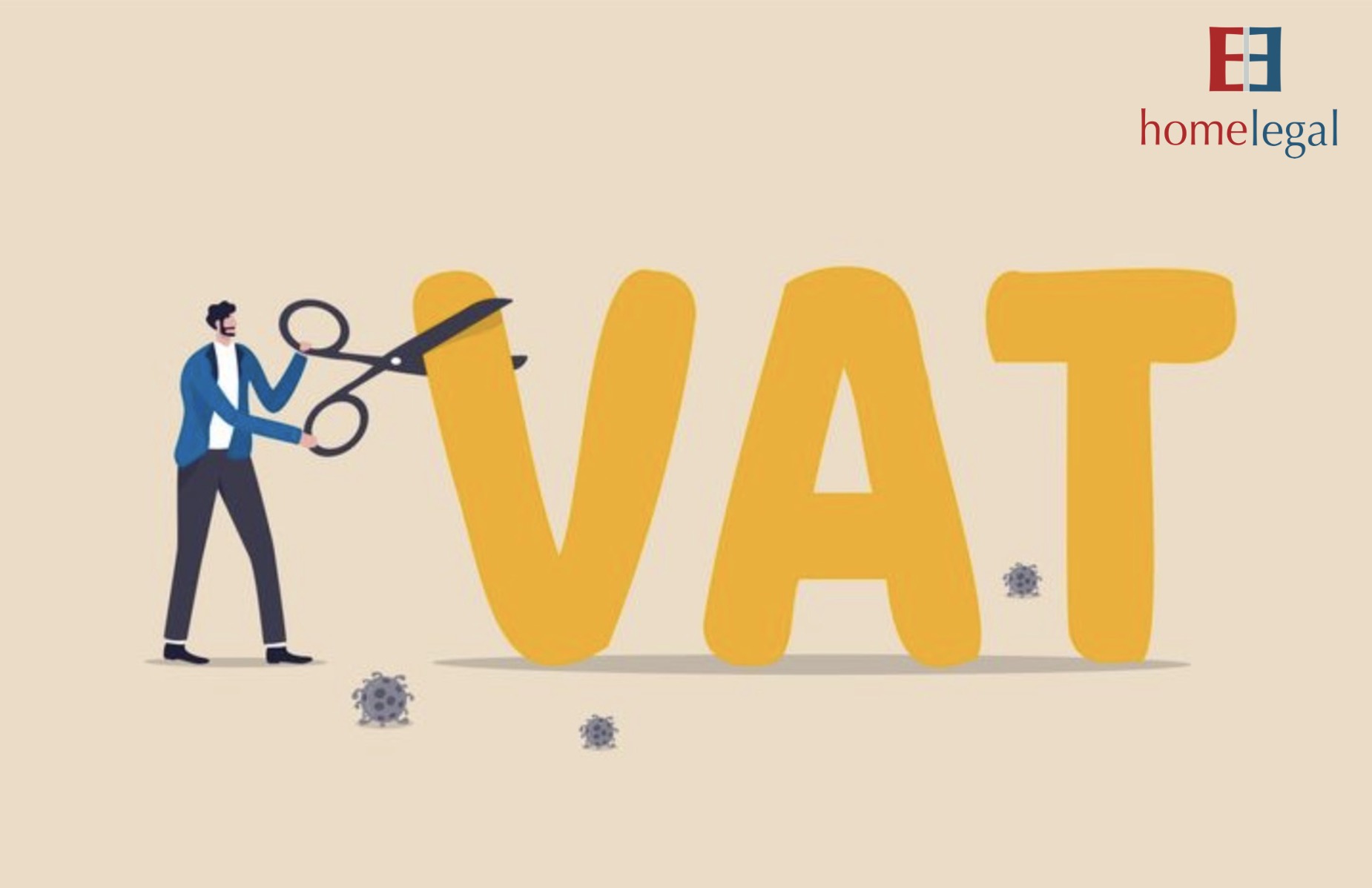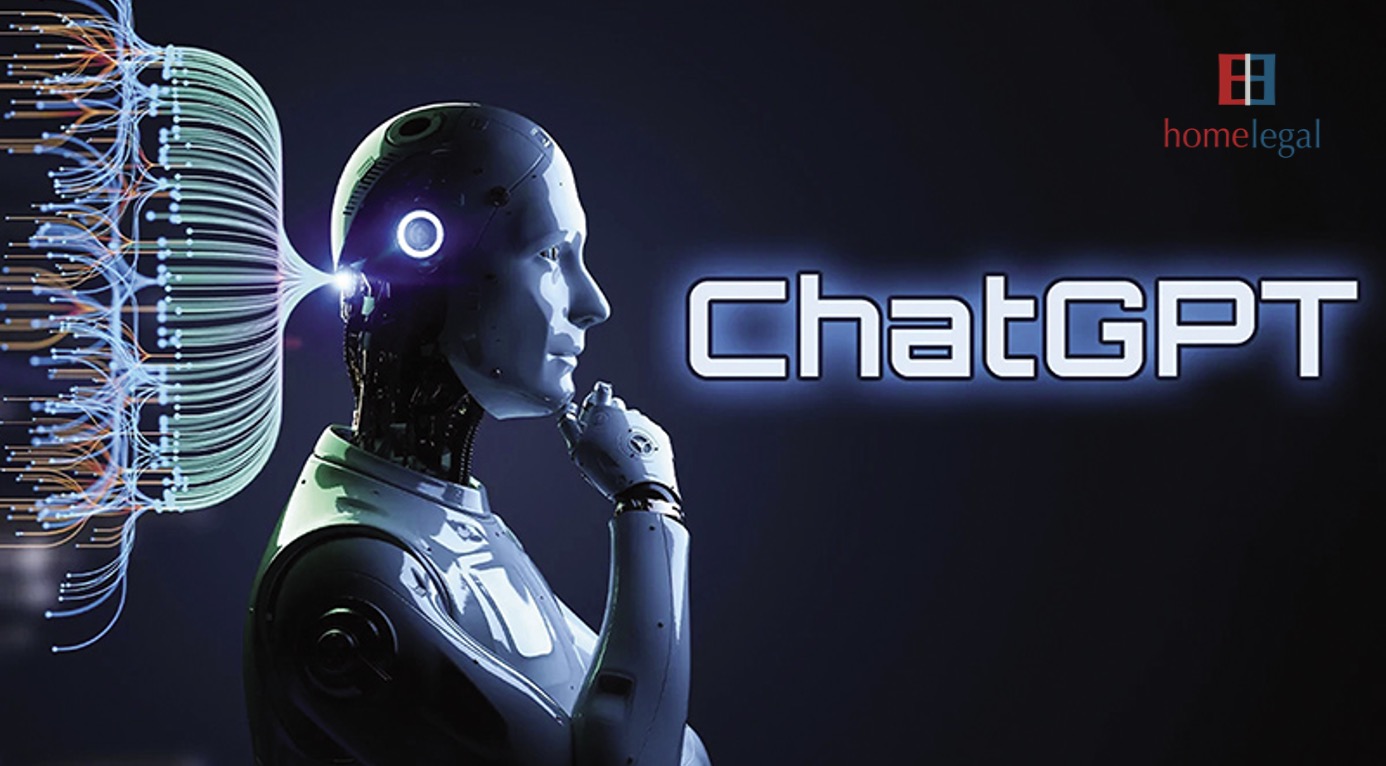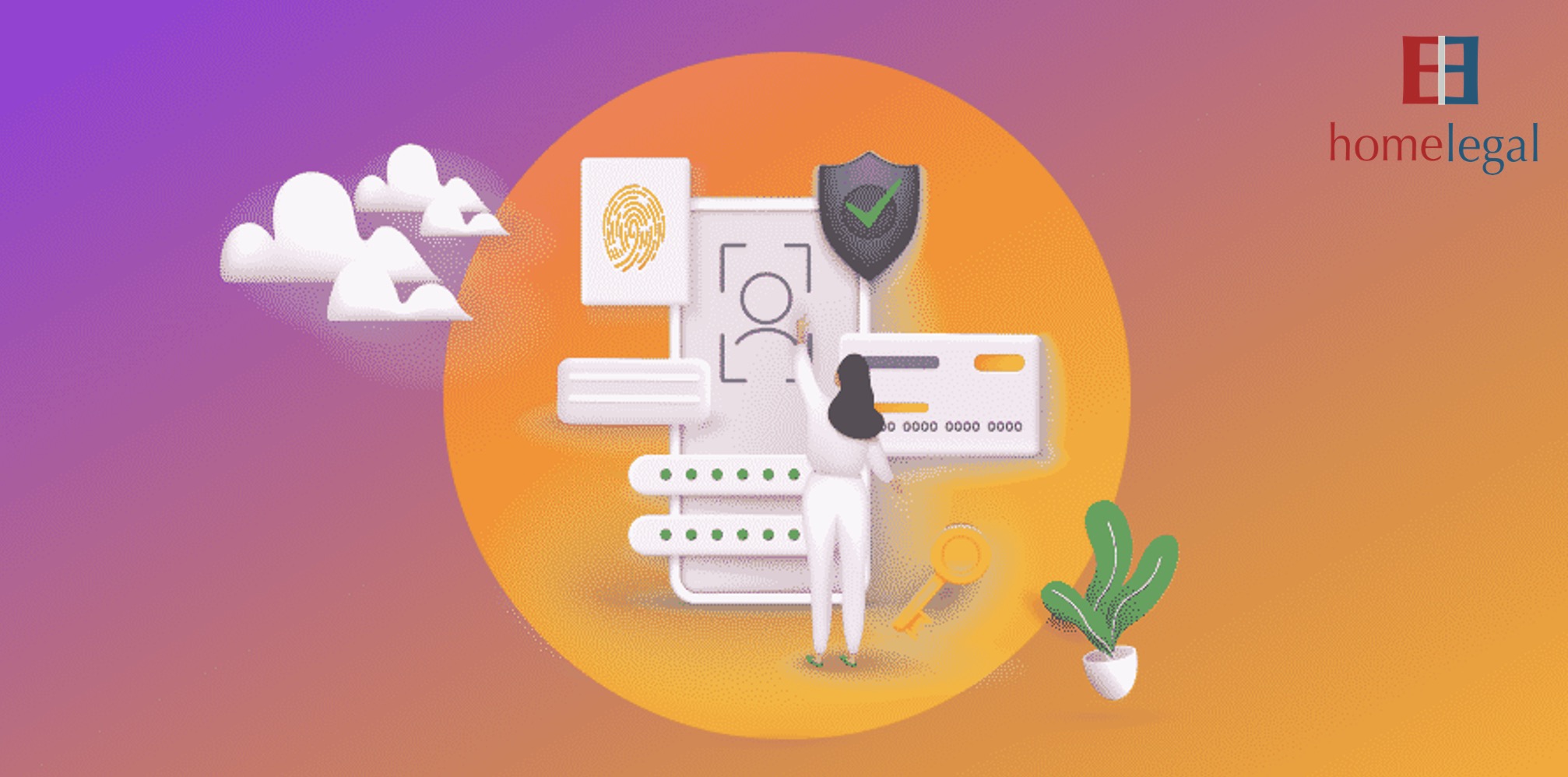ELECTRONIC ARBITRATION - TAKEAWAYS
1. Electronic arbitration (e-arbitration) is arbitration by nature. It possesses all the characteristics and functions of conventional arbitration and utilizes information technology and electronic tools and resources in its arbitration procedures.
2. Due to the influence and impact of information technology and the use of electronic means, e-arbitration possesses distinctive characteristics, such as speed, cost-effectiveness, adaptability, and efficiency.
3. Electronic tools, media, and the application of information technology are utilized in the majority of the e-arbitration procedures, from the initiation of the arbitration to the enforcement of the award. The commonly used electronic tools are electronic mail, online databases, video conferencing, and electronic evidence.
4. The legal framework that governs e-arbitration is flexible and diverse. E-arbitration is governed by the same legal framework that regulates conventional arbitration. It consists of international treaties in the field of arbitration, national law, case law, general principles of law, legal doctrines, and other sources such as arbitration rules of international arbitration centers, commercial practices, customs, etc.
5. E-arbitration procedures must adhere to and uphold the fundamental principles of arbitration law. The arbitral tribunal must ensure that the parties to e-arbitration are treated equally and that they exercise their rights and obligations in accordance with principles of arbitration. Among them are the principle of protecting the procedural rights of the parties and the principle of confidentiality.
6. E-arbitration raises several pertinent issues. These pertain to the e-arbitration agreement, the e-arbitration proceedings, the determination of the seat of arbitration, the applicable law to the arbitration procedures, the enforcement of the electronic arbitral award, and so forth. These complications are caused by the interference and impact of information technology, electronic tools, and media.
ELECTRONIC ARBITRATION - TAKEAWAYS

Bài viết cùng chủ đề: Legal Knowledge Center
-
ELECTRONIC ARBITRATION - TAKEAWAYS
-
Debt recovery by lawsuit in court
-
How many days of annual leave does an employee have?
-
10 ĐIỀU CẦN TRÁNH KHI ĐÀM PHÁN
-
THE VAT RATE WILL RETURN TO 10% ON JANUARY 1, 2023
-
LUẬT SỞ HỮU TRÍ TUỆ 2022 VÀ MỘT SỐ ĐIỂM NỔI BẬT VỀ QUYỀN TÁC GIẢ
-
What is e-commerce contract?
-
Features of e-commerce contracts
-
E-commerce contracts - Classification
-
ChatGPT and Its Revolutionary Impact on the Legal Profession in Vietnam
-
ChatGPT and Its Revolutionary Impact on the Legal Profession in Vietnam
-
CONDITIONS TO RECOGNIZE THE VALIDITY OF E-COMMERCE CONTRACTS
-
PART 5: RISKS ASSOCIATED WITH E-COMMERCE CONTRACTS
-
E-COMMERCE CONTRACTS UNDER THE LAWS OF VIETNAM
-
CONTRACTS vs PURCHASE ORDER: SIMILARITIES AND DIFFERENCES
-
Part 1: Contracts for the Sales of Goods: Definition & Types
-
Arbitration as an Option for Land-Related Commercial Disputes: Insights on the Latest Draft Land Law in Vietnam.
-
Government Issues New Regulations on Corporate Bond Issuance
